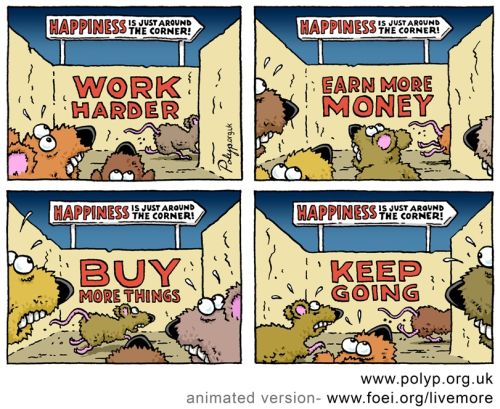Slave Drivers
Monday, February 27th, 2012Wikipedia states that that despite slavery being officially illegal in every country in the world, there are currently more slaves in existence than at any point in history, with estimates ranging between 12m to 27m people. The last country to ban slavery was Mauritania, the former French colony in West Africa who only got round to amending their statute books in 1981.
Wikipedia lists three types of slavery: Chattel slavery – where people are treated as personal property, bought & sold commercially which includes the sex trafficking that currently exists on every continent including Europe.
Bonded labour, or debt bondage occurs when a person pledges their labour against a loan. The payback period is often undefined and can be inter-generational. It is the most widespread form of slavery today and Dubai would not exist without it.
The third category is forced labour, where an individual is forced to work agaist his or her will, under threat of punishment, with restrictions on their freedom. So has Cameron instigated this form of slavery to solve the UK’s unemployment problems? In pre-industrial societies, slave labour was economically essential. Had the current worldwide depression swung the balance of power back that way?
Reading some of the sites dedicated to the abolishion of slavery puts modern British workfare into perspective. No-one is being beaten, raped, having their families threatened or being controlled beyond the hours of, ooh, 8 til 6ish 5 days a week for a few weeks. In return, they get money to eat, rent paid, free prescriptions. Put like that, no-one currently protesting is likely to want to trade places with a Ukrainian girl tricked into believing she was going to nanny for a rich British family only to find herself drugged, raped, beaten and being forced to service 10 men a day, or a Bangladeshi builder promised a fair wage who has his passport stolen and is forced to work 12 hour shifts in 40 degree heat with no water or even a bed of his own.
So does Sir Stuart Rose have a point? Are companies being gutless in backing away from offering 3 months work to the unemployed while the taxpayer picks up the tab? Organised demonstrations are resulting in bad publicity for companies, as organised by Boycott Workfare. Reading their site underlines why the situation is unhelpful for individuals, but what does it say about society? In the current post-depression global economy, few are comfortable. Job security is low, new jobs are hard to come by and firms are closing every day. Current low-paid, low-skilled workers are hyper sensitive that an unending source of free labour will do nothing to boost their own employability and just takes them closer to their own P45. And does it not miss the point? The issue is not so much that great swathes of young people are not employable – it is that companies are not employing. How does exploiting the unemployed fix that?




